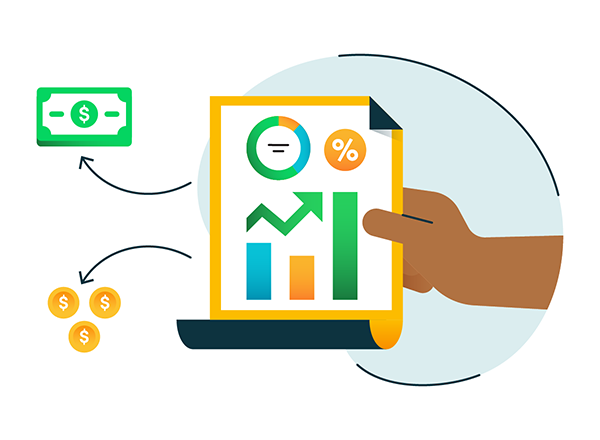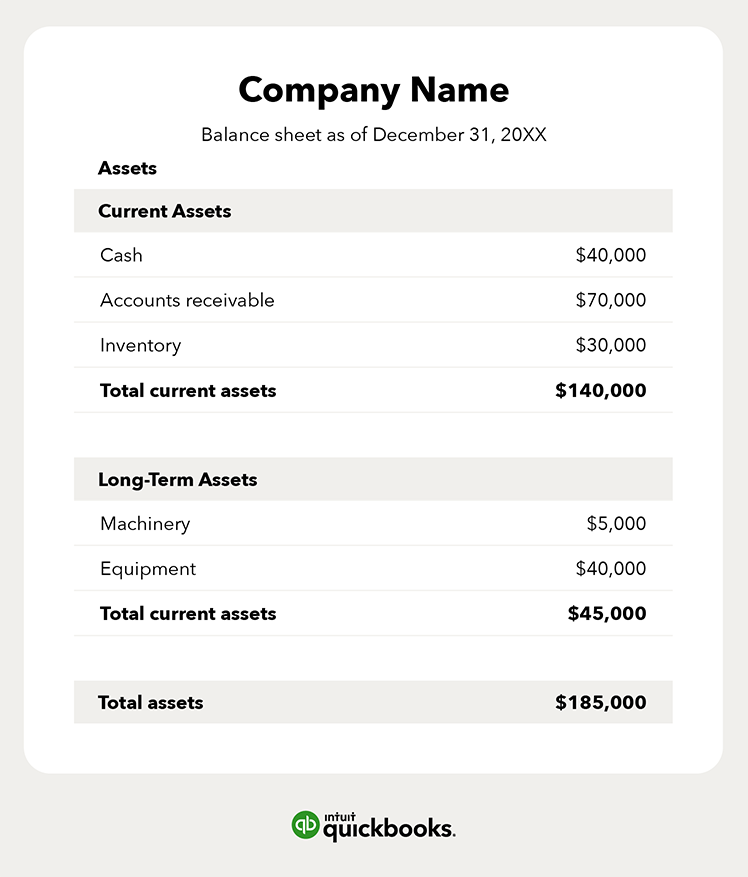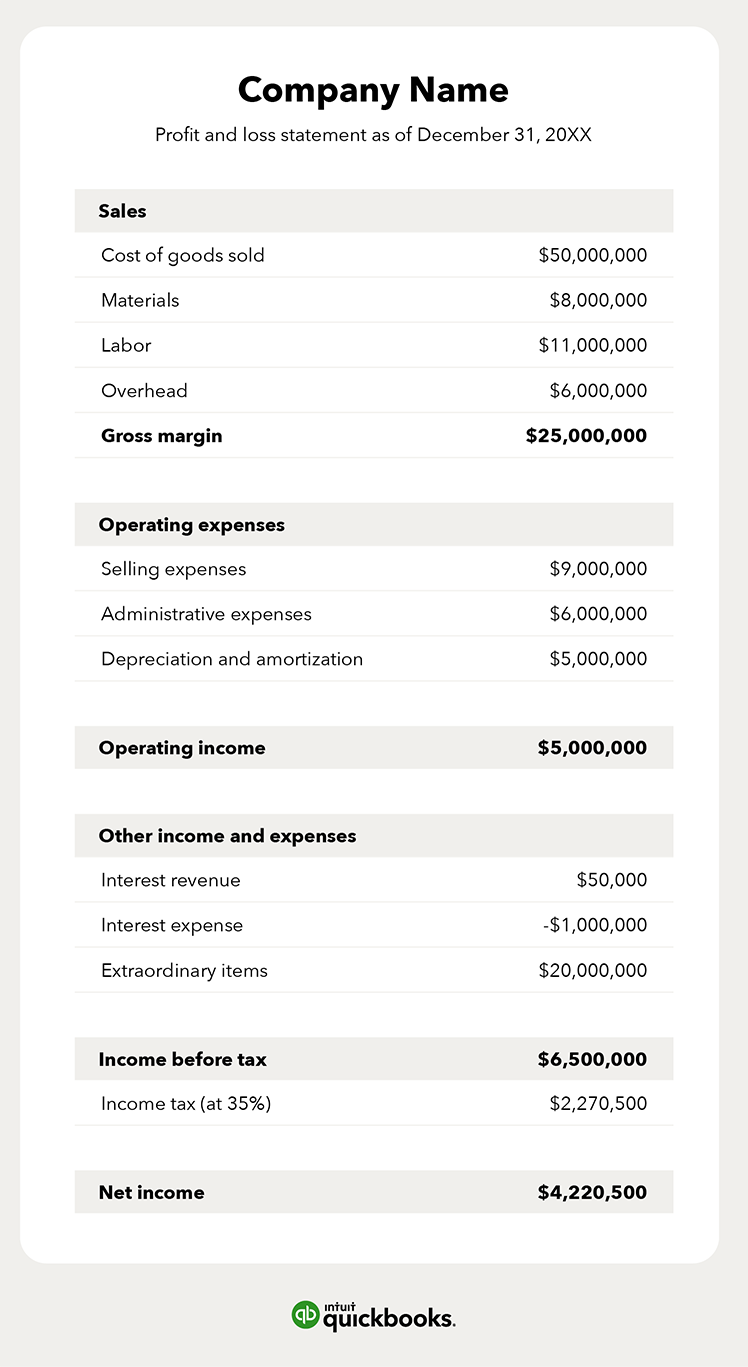When looking at your financial statements, there are three main types that you will issue on a regular basis: the balance sheet, the profit and loss (P&L) statement, and the cash flow statement.
Of these three statements, two are commonly confused: the balance sheet vs. P&L statement. So what are the differences and similarities you should look out for and how can each statement contribute to your company's financials?
- Overview: Balance sheet vs. P&L statement
- What is a balance sheet?
- What’s included on a balance sheet?
- Balance sheet example
- What is a profit and loss statement?
- What’s included in a profit and loss statement?
- Profit and loss statement example
- When to use a balance sheet and profit and loss statement
- Main balance sheet and P&L statement differences
- The order in which they are prepared
- The information they contain
- Insight into the company’s financial position
- When the statements are created










